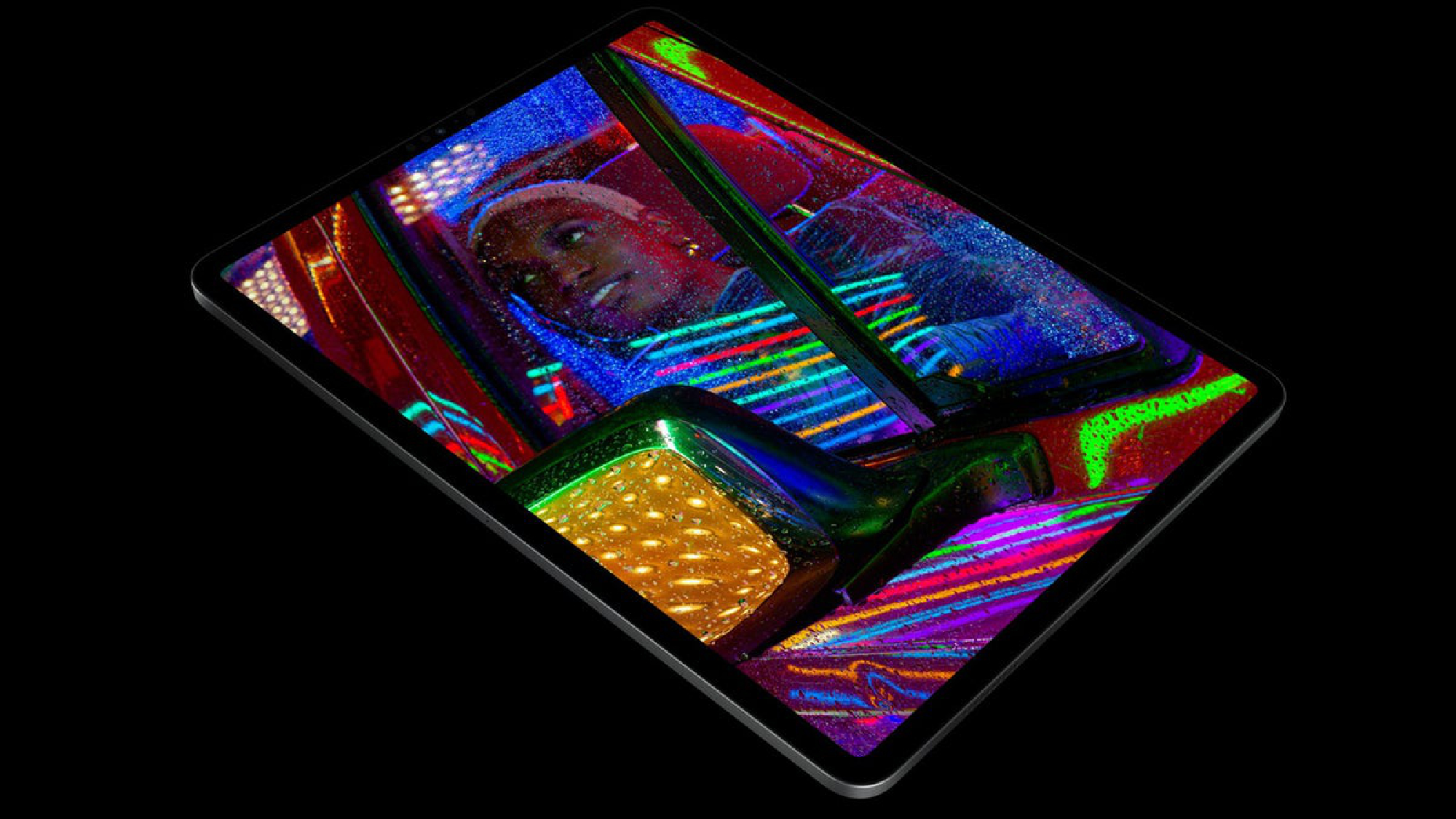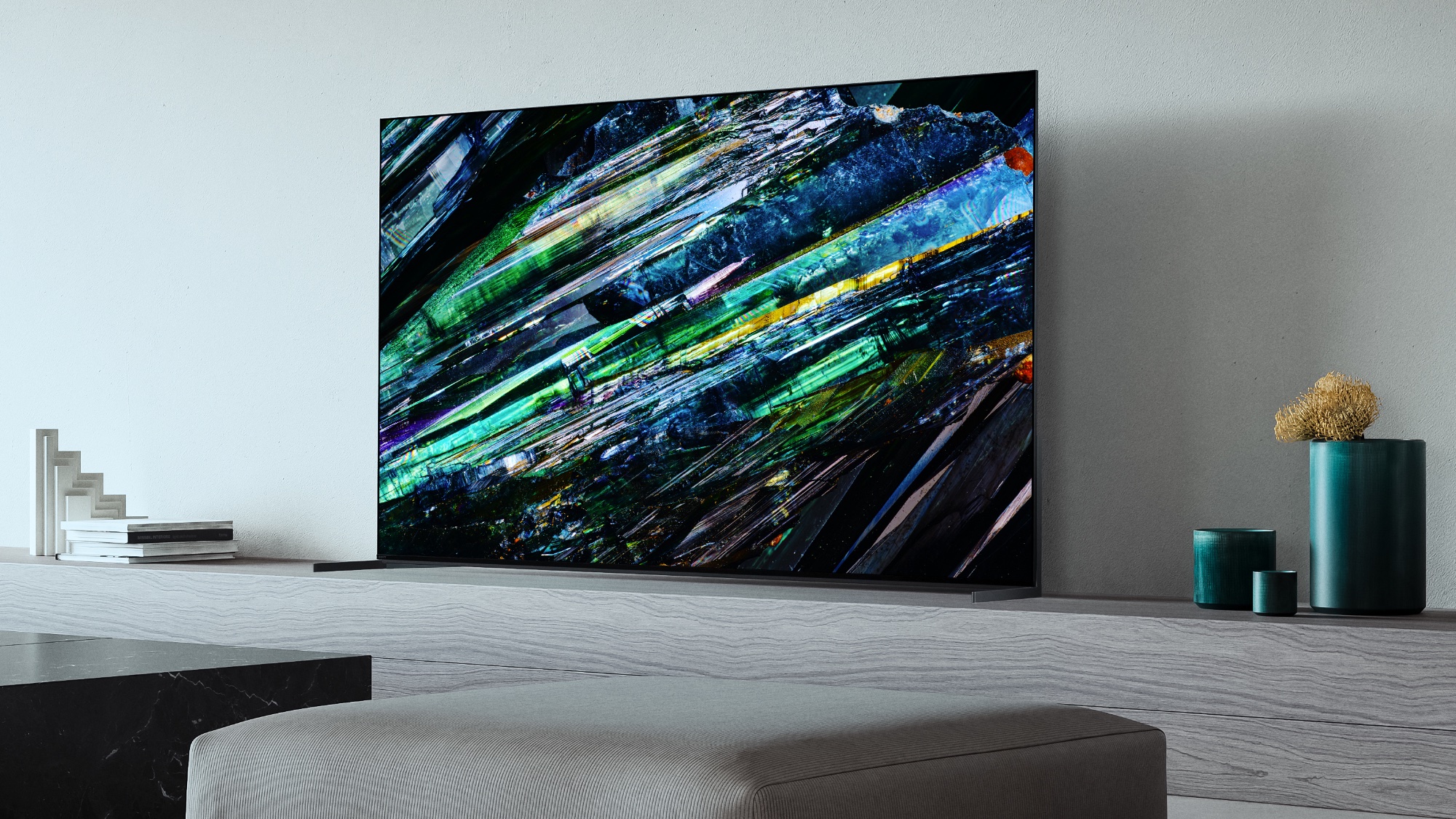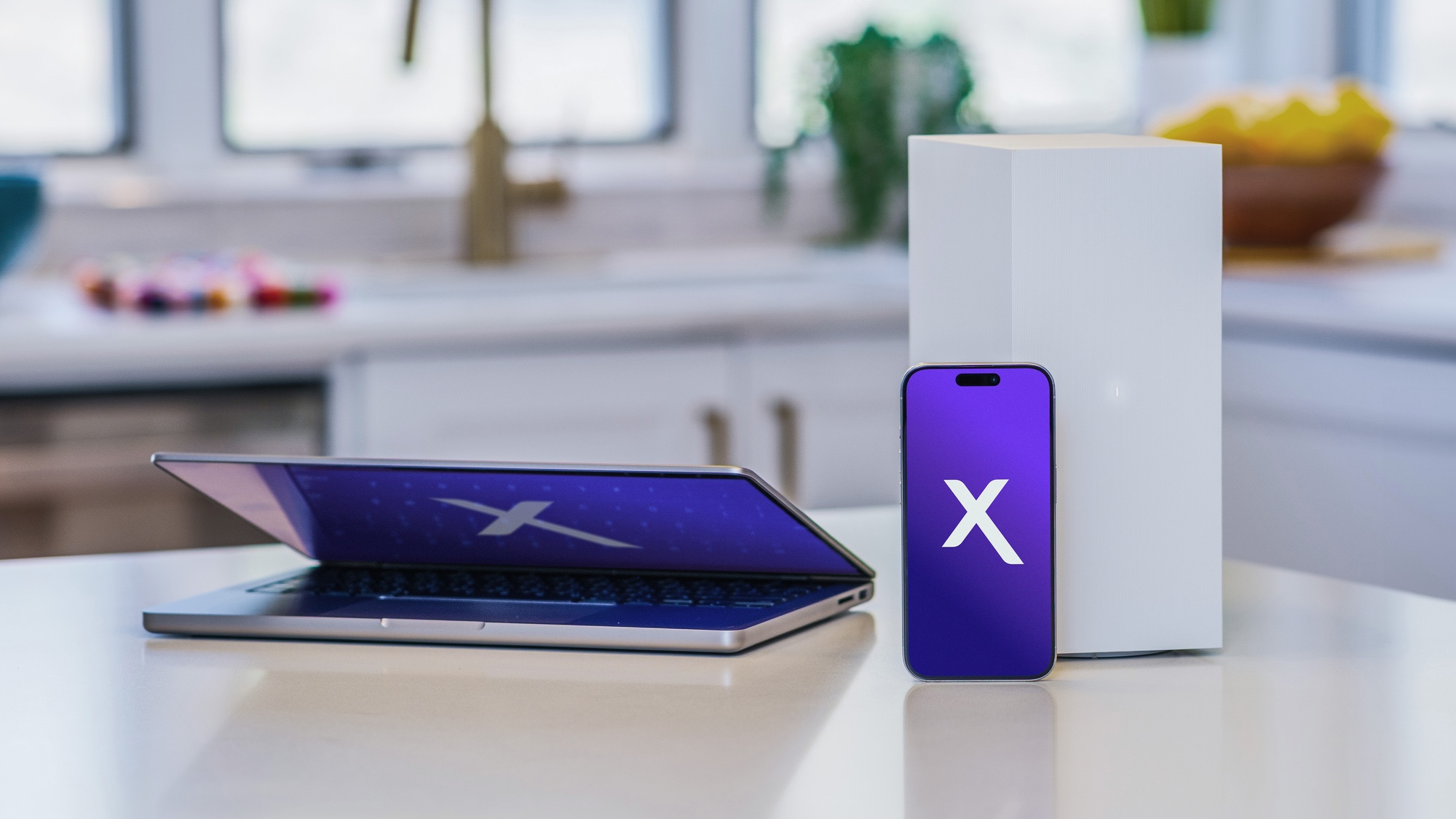Tandem OLED on the iPad looks amazing, but will it ever come to a TV?
Could Tandem OLED make TVs look better than they already do?

The new iPad Pro is here, bringing with it a stunning thin design, improved processing power, and an all-new display technology that makes the iPad Pro screen look better than ever.
Called Tandem OLED, the tech allows for the iPad Pro’s display to offer the advantages of OLED tech, like the true black levels, but in a brighter screen that allows the iPad display to be easily visible even in outdoor environments.
The tech has actually been in development for some time now, and a white paper outlines the use of Tandem OLED tech all the way back in 2009, before OLED TVs were even around.
Okay, to be fair, Tandem OLED as a concept isn’t necessarily new — but the technology being used on a consumer product certainly is relatively new (the Honor Magic6 Ultimate had it first, in March 2024). The tech has actually been in development for some time now, and a white paper outlines the use of Tandem OLED tech all the way back in 2009, before OLED TVs, like the LG G4 OLED, were even around.
But could Tandem OLED be the next step in TV technology? Well, it’s complicated — and it’s entirely possible Tandem OLED will never make its way to actual TVs. But let's imagine a world where Tandem OLED makes the leap from the small screen you hold in your hands to the largest screen in your home.
What is Tandem OLED?
So, what is Tandem OLED in the first place? It’s pretty much what it sounds like — two OLED panels, stacked on top of each other.
OLED displays in general have a lot of benefits — most notable of which is the fact that they offer those super deep black levels. However, they also have downsides, like the fact the organic material that’s used in them can essentially “wear out,” and the more you drive OLED displays, the sooner they’ll wear out. So, manufacturers have to limit brightness a little to ensure that OLED displays last.
So how do we fix that? Well, in the case of Tandem OLED displays, we fix it by stacking two OLED displays on top of each other, and using the brightness from both of them to make for a brighter image overall.
Sign up to get the BEST of Tom's Guide direct to your inbox.
Get instant access to breaking news, the hottest reviews, great deals and helpful tips.
What could Tandem OLED do on a TV?
Therein lies perhaps the main benefit of potentially using a Tandem OLED display on a TV. OLED TVs have gotten a lot better when it comes to brightness thanks to innovations on the manufacturing side, but these days only the highest-end OLED TV models are approaching high brightnesses, with others still somewhat falling short.
That’s potentially exactly where Tandem OLED TVs could come in.
Tandem OLED TVs could also increase the life-span of an OLED TV. As mentioned, OLED TVs can be driven harder for more brightness, but doing so shortens an OLED TV’s life-span. If Tandem OLED were adopted by TV manufacturers, there'd be no need to have to walk a line between brightness and durability. If OLED panels can be driven less while still achieving a high level of brightness, they’ll likely last longer.

Of course, just because Tandem OLED could make for better OLED TVs, that doesn’t mean it will. After all, there are lots of factors that go into making a TV.
Admittedly, we may not need Tandem OLED TVs — as there are plenty of TV technologies that are competing to improve on image quality.
Admittedly, we may not need Tandem OLED TVs — as there are plenty of TV technologies that are competing to improve on image quality. Some of those themselves are developments on OLED technology — like QD-OLED. QD-OLED TVs, like the new Samsung S95D OLED, leverage OLED technology for the pixel-by-pixel lighting control and true black levels, but add in the quantum dot technology that improves on brightness and makes for more vibrant colors.
The other competing TV technology is Micro-LED, which is still not available en masse, but improves on the traditional LED with what are essentially self-emitting pixels. So, Mini-LED TVs also have the pixel-by-pixel control that will improve on black-level control.
Both of these TV technologies could do away with any need for Tandem OLED TVs — though we still can’t help but hope that one day we can see how they look in person.
A Tandem OLED future sounds bright, but might not be worth waiting for

Look, there’s no explicit reason Tandem OLED couldn’t end up in a T but we’re not necessarily expecting to see one in the next few years, especially given the price, and the fact that TV manufacturers seem more focused on other tech.
But who knows — as prices come down and manufacturers look for other technologies to use for their improved TVs, it’s entirely possible that Tandem OLED TVs will become a reality.
If Tandem OLED TVs look anything like Tandem OLED iPad screens, they could be some of the best-looking TVs out there.
Until then, though, we'll just have to "settle" for beautiful, cutting-edge OLED TVs like the Sony A95L OLED and Samsung S95D.
More from Tom's Guide
Christian de Looper is a freelance writer who has covered every facet of consumer tech, including mobile, audio, home theater, computing, gaming, and even car tech. At Tom’s Guide, Christian covers TV and home theater tech, and has reviewed dozens of TVs, soundbars, and A/V receivers, including those from the likes of Samsung, Hisense, TCL, and Vizio.

